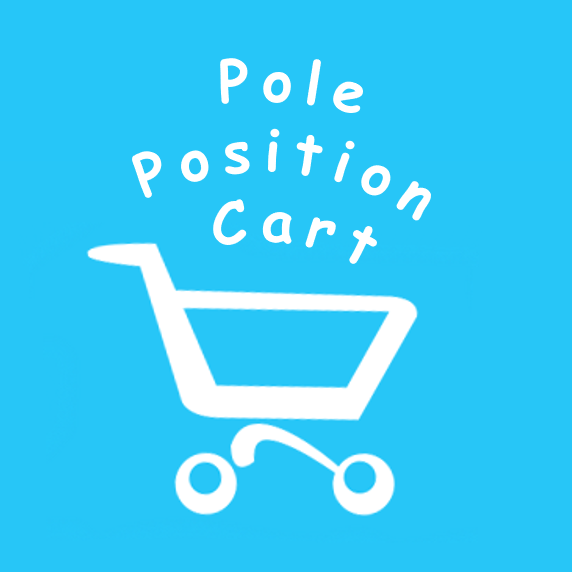Marketing
How does the COVID-19 virus impact my marketing mix?
I thought I was on easy street cooking and supervising home school during the recent virus lock down. Then my youngest bright spark yelled out a question “Dad this business assignment is asking how does COVID-19 impact my marketing mix?”
Wow, when did school become so relevant? So I gave her a parent answer about how the marketing mix must be updated to deal with social distancing, movement regulations and consumer behavior changes. I wiped my brow and thought what a great question, maybe I should have a better answer and came up with the following.
I prefer McCarthy’s modified 4 P’s of Product, Price, Promotion and Place, adding People and Process to account for the importance of service delivery experience today. I subscribe to the idea that customers don’t buy a marketing mix but derive a sense of value from their relationship with your brand proposition. However, managing the marketing mix is how we control that brand value proposition. The following notes primarily consider the needs of SME’s aiming to reactivate physical business and is not meant for eCommerce pureplays relishing the change.
Product: How has social distance impacted your product, how essential or connected to the stay-at-home economy is your service? If it is not essential, requires density and is not connected to stay-at-home needs then pivot resources to become relevant. If you cannot pivot, fine tune the things you have been putting off to improve perceived value for the physical economy comeback.
Price: Do not drop prices, we are heading towards more expensive supply chains and higher taxes to pay for everything. Fire up the demand with friendly credit terms, promotions, bundling, coupons but no wholesale drop of your retail price level or you will be squeezed next year. Figure out how to improve perceived value, remember it’s mainly a function of product quality, price and image. If you improve perceived value you can reduce average discount levels and sail on through the squeeze. It’s a better way to go than making up some handling fee as a short term finance bridge.
Promotion: Targeting has to consider how impacted the consumer is by movement restrictions and shocks to behavior. The comeback is all about local activation with faces and places your customer trusts. If people can only travel 150km, target them locally. If anxiety is high, people are less likely to trial unknowns and more likely to preference proven suppliers. Promotion that targets loyalty and referral through an update to activate existing customers is the place to go first.
Place: Websites are now the shop, the shop is now the distribution center and the distribution center better have some medical equipment when the next wave of the virus hits. Innovating to provide high quality access to your product, will be a relevant point of differentiation. Handing off responsibility for your brand to cover all bases is officially out of fashion. This will mean giving up some niches to prioritize protecting the core, as consumer behavior is in retreat from trusting three layers of subcontracting and franchise brands for service delivery.
People and Process: Give me something real, so I can trust you and build a relationship, is the post virus consumer mindset. In today’s world people and process are the experience customers remember most, often indivisible from the product in their mind and impacting your perceived value highly. If products, prices, promotions have changed, ensure your people and processes are updated and stress tested.
If there is a killing field of high debt and low profit coming for business next year, ramp up perceived value now and be one of the survivors in 2021. On the other side of that valley is the green field of inheriting your competitor’s marketshare. Other trends prior to the pandemic, such as digitization of the economy and preference for ethical carbon neutral production without slave conditions, have only accelerated with the impact of COVID-19. The connection is a new awareness to care about ourselves by caring more about the world around us. Adjusting your marketing mix with relevance to this challenge means renewing your core value proposition and delivering it clearly to consumers seeking quality, on flexible credit terms.
Next week we will chat about how smart contracts have really arrived, linking on-chain and off-chain data through cross-chain-oracle applications like Chainlink. It is relevant to the change in consumer trends and coming regionalization of supply chains, as it will connect both changes profitably. See you then and good luck 🙂

